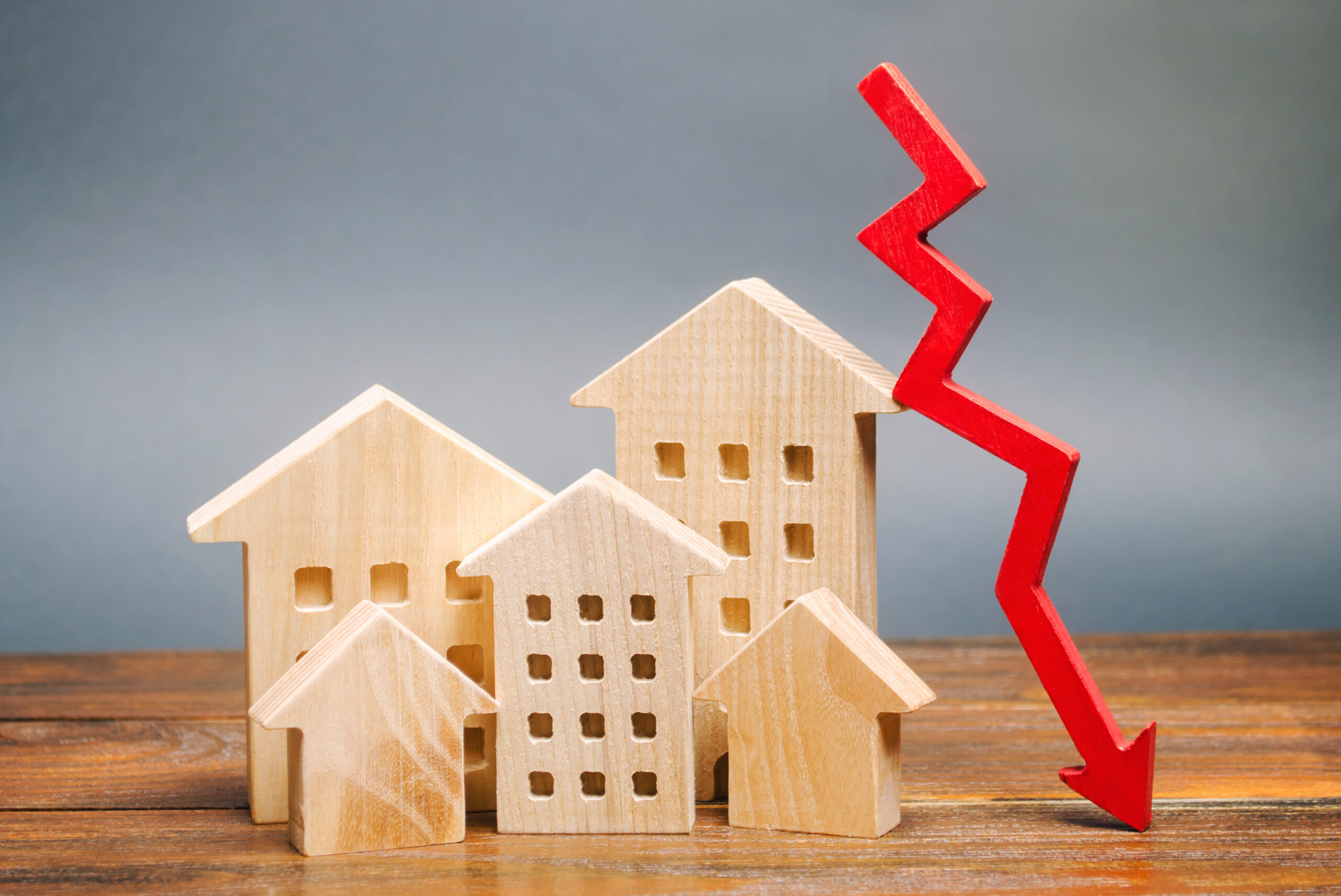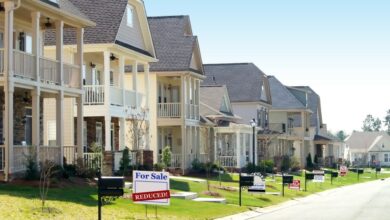Signs the Property Market is Cooling Reflected in Drop in Mortgages

Buying a home has become “simply unaffordable” for many would-be buyers.
They are being crushed by a combination of sharply higher mortgage rates and rising house prices, says Rick Sharga, executive vice president of market intelligence at Attom which gathers and analyzes real-estate data across the United States.
Read More »This lack of affordability is reflected in a steep decline in mortgage lending that is taking place across the country. Put simply, many people simply cannot afford a mortgage these days and therefore cannot afford to buy a house.
That decline, in turn, reflects a property market that is cooling and is likely to continue to do so more strongly as summer turns to fall.
Mortgages fall
The number of overall mortgages taken out on property during the three months ending on June 30, 2022 were down a sharp 40% when measured against the same quarter in 2021.
The year-over-year decline was the largest drop since the first quarter of 2014.
The latest trend in property financing contrasts strongly with the period from early 2019 through early 2021 when mortgage lending rose almost three times in value.
Refinancing market decimated
The decline in mortgage lending is being driven most strongly by a downturn in mortgage refinancing.
A year ago people were refinancing their property loans at an almost hectic pace eager to cash in on mortgage rates that fell as low as 2.5%. Now the rapid pace of refinancing has slowed to a crawl as rates hover around 5.5%.
So much so that the doubling in mortgage rates has decimated the refinancing market over the past year, Sharga says.
The downturn resulted in only 941,000 loans on houses being refinanced during the second quarter of 2022. That figure was down 36% compared with the first three months of 2022 and down a sharp 60% from a year earlier. It represented the lowest count since the second quarter of 2019.
The downward trend is starting to take a toll on lending for purchases as well, Sharga adds—an indication that the downward trend is likely to steepen in coming months.

Many tap into equity
In contrast with the overall trend, many people have been tapping into the equity in their homes, Sharga says. Clearly higher interest rates are having less of an impact in this area.
Home Equity Lines of Credit (HELOC) actually shot up 35% during the second quarter, showing an increase of 44% over the year.
The reason for the popularity of these type of loans is that the value of houses has risen sharply along with the rise in house prices. Mortgages that many homeowners took out years ago now take up a smaller percentage of a home’s value, leaving a larger amount of equity into which buyers can tap. Although they have gone up, interest rates on these loans are, for the most part, still lower than those available on conventional loans that are not backed by real-estate.
Those who intend borrowing money in this way should know that HELOC activity has been especially strong among community banks and credit unions, Sharga explains, as well as a small but increasing number of depository banks.
Regional trends
Overall mortgage lending fell from the first quarter to the second quarter of 2022 in 80% of the 215 metropolitan regions around the country with a population of more than 200,000, according to figures supplied by Attom.
The largest quarterly decreases in overall mortgage lending were in:
• Knoxville, Tennessee—down 59.9%;
• Roanoke, Virginia—down 52.7%;
• St. Louis, Missouri—down 28.7%;
• Philadelphia, Pennsylvania—down 27.3%;
• New York, N.Y.—down 25.9%;
• Detroit, Michigan—down 25.6%; and
• San Jose, California—down 24.7%
The largest quarterly increases in overall mortgage lending were in:
• Atlantic City, New Jersey—up 32.5%;
• Erie, Pennsylvania—up 18.8%;
• Peoria, Illinois—up 17.4%;
• Topeka, Kansas—up 15.6%; and
• Utica, New York—up 14.6%.





